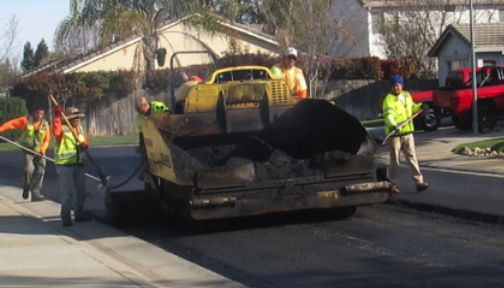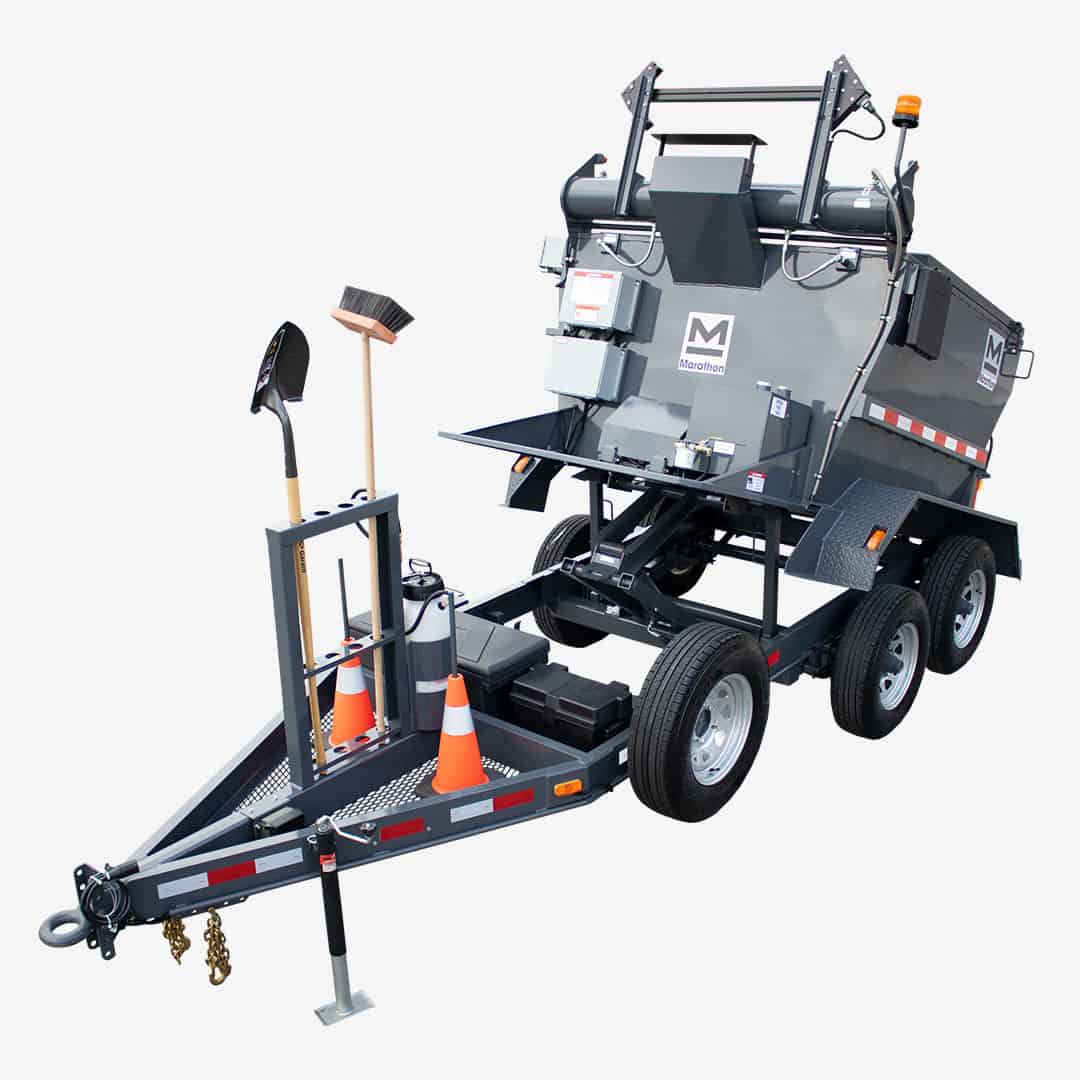Opening the Tricks of Warm Mix Asphalt Modern Technology
Discovering the midsts of warm mix asphalt innovation reveals a globe where specific solutions and precise procedures merge to form our roadways and framework. The combination of binders, fillers, and accumulations isn't merely a building and construction job however a tactical orchestration of durability and performance. As we peer right into the complex dance of elements, a tapestry of resilience and sustainability unravels. However what lies under this surface of asphaltic proficiency, and what tricks wait to be revealed in the realm of leading technologies?
Relevance of Warm Mix Asphalt
Hot Mix Asphalt plays a crucial role in contemporary facilities advancement due to its sturdiness and cost-effectiveness. As the most commonly used paving product for roadways, freeways, and car parking lots, Hot Mix Asphalt offers a range of benefits that add to its value in building jobs.
The sturdiness of Warm Mix Asphalt stems from its structure, which consists of aggregates, binder, and filler products that are thoroughly picked and mixed to meet specific efficiency requirements. On the whole, the value of Warm Mix Asphalt in facilities advancement can not be understated, as it proceeds to be a cornerstone of modern-day construction practices.
Elements of Asphalt Mixes
The structure of asphalt mixes contains carefully picked aggregates, binder, and filler materials that are important for achieving certain performance demands. Accumulations are the main part of asphalt mixes, offering strength and security. These accumulations can be natural, such as gravel or smashed rock, or artificial, like recycled materials from old sidewalks. The binder, generally bitumen or asphalt cement, holds the aggregates with each other and provides versatility and toughness to the mix. The choice of the binder is critical as it directly influences the mix's efficiency in various weather problems. Fillers, such as moisturized lime or Rose city cement, are utilized to boost the mix's workability and aging resistance. Angled Parking.
The mix and percentage of these parts play a substantial function in figuring out the high quality and efficiency of the asphalt mix. Engineers thoroughly make the mix to meet particular requirements, considering elements like traffic volume, climate conditions, and pavement life-span. Appropriate option and harmonizing of aggregates, binder, and fillers are vital for producing durable, durable asphalt sidewalks.
Mixing and Production Strategies

Once the accumulations are picked, the binder, usually asphalt concrete, is contributed to bind the products together. The binder's top quality and amount dramatically influence the mix's resistance, strength, and flexibility to environmental elements. Additionally, fillers like hydrated lime or Rose city concrete might be integrated to enhance particular characteristics of the asphalt mix, such as its workability or wetness resistance.
Throughout production, the aggregates and binder are warmed, commonly in between 250-325 ° F(121-163 ° C ), to help with mixing and guarantee proper layer of the accumulations. The mixing process should be complete to accomplish a homogeneous mixture that advertises the wanted performance features of the asphalt. Different techniques, such as set blending or drum mixing, are used to attain top quality and consistent asphalt blends for building tasks.
Variables Affecting Asphalt Performance
Variables affecting asphalt efficiency include a series of variables that affect the resilience, long life, and general top quality of asphalt pavements. One essential element is the top quality of products utilized in angled parking the asphalt mix. The kind and source of accumulations, the binder top quality, and the additives all play a substantial role in figuring out the performance of the asphalt pavement. The rank of aggregates is vital as it affects the mix's workability, resistance, and security to rutting and cracking.

Style factors to consider, such as sidewalk density and water drainage, are essential in making sure the long-term performance of the asphalt pavement. By thoroughly thinking about these variables, specialists and engineers can enhance asphalt performance and enhance the service life of sidewalks.
Lasting Practices in Asphalt Innovation

Furthermore, the advancement of warm-mix asphalt (WMA) innovations has gained grip in recent times. WMA enables the production and positioning of asphalt mixes at reduced temperature levels compared to traditional hot-mix asphalt, causing lowered energy usage and greenhouse gas discharges. Moreover, making use of permeable asphalt blends can help minimize stormwater overflow problems by enabling water to infiltrate via the sidewalk and into the ground, advertising natural water filtration and charge processes. By carrying out these sustainable techniques, the asphalt market can add to developing an extra resistant and ecologically pleasant facilities network.
Verdict
Finally, hot mix asphalt technology plays an essential function in contemporary framework growth as a result of its resilience and cost-effectiveness. By very carefully stabilizing elements, utilizing appropriate blending techniques, and considering various factors, engineers can create high-quality asphalt mixes that withstand heavy web traffic tons and severe climate condition. Embracing lasting techniques, such as making use of warm-mix modern technologies and recycled products, additionally improves the environmental kindness of asphalt modern technology.
Blending and production methods in warm mix asphalt innovation involve the precise mix and processing of aggregates, binder, and fillers to develop a long lasting and high-performance asphalt mix.Elements influencing asphalt performance incorporate a variety of variables that impact the durability, long life, and general quality of asphalt sidewalks. Sustainable practices in asphalt technology incorporate different initiatives intended at decreasing the ecological effect of asphalt manufacturing and paving processes. By incorporating reclaimed asphalt sidewalk (RAP) and recycled asphalt roof shingles (RAS) right into new asphalt blends, the market can significantly minimize the consumption of raw products and power, while additionally decreasing land fill waste.
WMA allows for the manufacturing and placement of asphalt mixes at reduced temperatures contrasted to traditional hot-mix asphalt, resulting in reduced energy intake and greenhouse gas emissions.